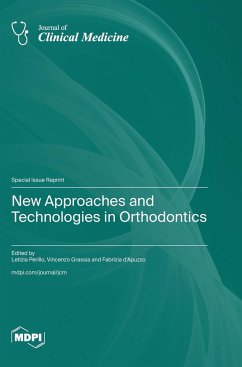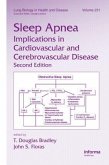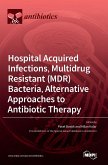The aim of this Special Issue was to update readers with the latest research in different areas of orthodontics, with an emphasis on diagnostic and therapeutic advances to widen our knowledge and support scientific and clinical activities. In recent years, new diagnostic and treatment approaches in orthodontics have emerged, and researchers and practitioners must stay current with these innovations. Artificial intelligence (AI) development has advanced, allowing experts to provide better alternatives to patients, make more precise diagnoses, and reduce treatment costs and time frames. New technologies and procedures, such as intraoral scanners, digital models, and measurements, along with the increasing use of CBCT, have slowly grown, enhancing overall patient care, treatment plan management, and prevention, particularly in the early stages. Currently, impacted teeth, facial deformities, OSA, and other oral disorders or pathologies may be detected more quickly, allowing for more direct and timely communication and enhancing patient compliance. Furthermore, technology has enabled the accurate timing and positioning of many types of orthodontic devices, such as functional appliances and mini-screws, and the ability to determine which factors are connected to the orthodontic treatment movement (OTM). The literature is regularly expanding, allowing doctors to provide more effective and less onerous therapies for each patient.
Hinweis: Dieser Artikel kann nur an eine deutsche Lieferadresse ausgeliefert werden.
Hinweis: Dieser Artikel kann nur an eine deutsche Lieferadresse ausgeliefert werden.








